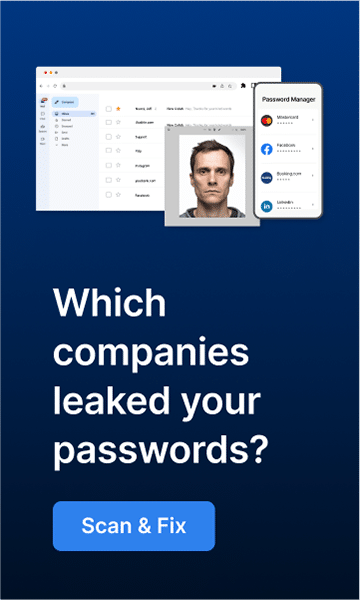It’s no secret that Amazon is a massive online retailer. In fact, it’s the largest in the world. And with that comes a lot of responsibility – especially regarding counterfeit sales. Unfortunately, counterfeit products are a global problem, and Amazon has been working hard to eliminate them from its site. With 10,000 employees dedicated to the task and a $700 million investment, Amazon is making significant progress. So if you’re an Amazon customer (or business), you can feel confident that your purchases are safe!
What is Counterfeiting?
Counterfeiting is the illegal production and sale of products that are imitations or copies of original items. This can include anything from clothing to electronics to medication. Counterfeiters often produce their products in poor conditions, which can lead to health and safety concerns for consumers.
Different types of Intellectual Property Violations
There are three main types of intellectual property violations:
- Trademark Infringement: This is when a company uses another company’s trademark without permission. For example, if a company sells fake designer handbags with the designer’s logo, that would be trademark infringement.
- Counterfeiting: This is when a product is imitated or copied precisely without the permission of the original manufacturer. For example, if someone makes an exact replica of a Rolex watch and sells it as a genuine Rolex, that would be counterfeiting.
- Piracy: is when copyrighted material (such as music or software) is illegally reproduced and distributed. For example, if someone downloads music from an illegal file-sharing site, that would be piracy.
Why is it a Problem?
Aside from the obvious fact that it’s illegal, counterfeiting is a problem because it hurts businesses and consumers alike. For businesses, counterfeit products result in lost revenue. Counterfeit products can be dangerous for consumers because they’re often produced in poor conditions.
What is Amazon Doing to Fight Counterfeiting?
Amazon has a team of more than 10000 employees working on the issue of counterfeits, and they’re making progress. The company has also invested $700 million in technology and infrastructure to help fight counterfeiters. This includes automated systems that identify and remove fake products from the site and improved customer reporting tools. In addition, Amazon is working with law enforcement to crack down on counterfeiters. They’ve even offered a $100000 reward for information leading to the arrest and conviction of anyone selling counterfeit products on their site. Amazon’s efforts are paying off – in 2017; they removed more than 370000 items that violated their policies.
What Can You Do to Help?
If you’re an Amazon customer, you can help by reporting any suspicious products that you come across. Amazon also offers a program called Brand Registry, which allows businesses to register their brands and get help from Amazon in fighting counterfeits. You can learn more about Brand Registry here if you’re a business owner.
What does This Mean for Customers?
If you’re an Amazon customer, you can feel confident that your purchases are safe. Amazon is committed to fighting counterfeit sales, and they’re making good progress. So you can shop with peace of mind, knowing that your money is going towards genuine products.
What does This Mean for Businesses?
This means that if you’re selling products on Amazon, you can be confident that your listings are less likely to be hijacked by counterfeiters. However, it’s still important to be vigilant and report any suspicious listings to Amazon. Overall, though, Amazon is doing a great job of protecting businesses from counterfeiters.
How to Avoid Buying a Fake Product
There are a few things you can do to avoid buying a fake product:
- Download security tools: This will warn you if you’re about to buy a fake product on Amazon by running a scan and warn you if the product is fake.
- Check the seller’s feedback rating if they have a lot of negative feedback.
- Look for misspellings or grammatical errors in the listing. Counterfeiters often don’t take the time to proofread their listings.
- Be wary of prices that are too good to be true. If something seems too good to be true, it probably is.
- Check the reviews. If there are no reviews, or if all of the reviews seem fake, that’s another red flag.
In conclusion, counterfeiting is a global problem – but Amazon is committed to fighting it. They’re making good progress with over ten thousand employees dedicated to the task and a $700 million investment. So if you’re an Amazon customer or business, you can rest assured that your purchases are safe.

